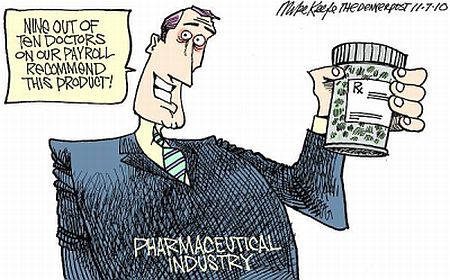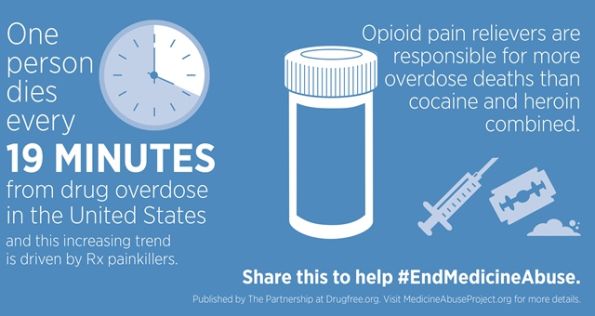 Stephen Lendman – US drug and biotech companies are licensed to steal, bottom line priorities their sole interest, public welfare be damned.
Stephen Lendman – US drug and biotech companies are licensed to steal, bottom line priorities their sole interest, public welfare be damned.
Big Pharma is hated for good reason. Its member companies charge the way MBA students are taught – according to what the market will bear. Grab all you can – with full government support, profits over people. It’s the American way.
Illicit drug traffickers look good by comparison. Big Pharma rips off every dollar possible. Their practices are unrestrained unless or until consumers vote with their pocket books, choose alternate products whenever possible or none when they’re not needed, many times the case.
Pill-popping is a national addiction. Got an ache, pain or emotional distress? Get a prescription. Use freely. Consumers know little or nothing about potantial harmful drug side effects, especially when taken longterm. Whenever possible avoid them. Use only as prescribed as needed, when alternate remedies won’t work.
The American Medical Association and likeminded groups are hugely anti-consumer. They deplore natural/alternative choices – challenging their monopoly grip on US medical practice. The corporate run FDA operates the same way.
In 1987, US District Court Judge Susan Getzendanner ruled against the AMA and 10 co-defendants for participating in a conspiracy against chiropractors, finding them guilty of violating federal anti-trust laws.
Western medicine is hooked on drugs – heavily influenced by Big Pharma funding. The AMA and other medical associations depend on it. Medical education features drug use.
Some products advertised in medical journals, consumer publications and television are potentially extremely harmful to health. Solve one problem. Create a greater one. Yet these drugs are frequently prescribed – why patients always need to use their own best judgment. Continue reading

 Charles Hugh Smith – One of the more remarkable characteristics of American life is our passive acceptance of systems that are so obviously completely insane. Yes, I refer to our healthcare system, a.k.a. sickcare because in America sickness is profitable and health is not, and healthcare profiteering that would be the envy of pirates and warlords everywhere is the norm.
Charles Hugh Smith – One of the more remarkable characteristics of American life is our passive acceptance of systems that are so obviously completely insane. Yes, I refer to our healthcare system, a.k.a. sickcare because in America sickness is profitable and health is not, and healthcare profiteering that would be the envy of pirates and warlords everywhere is the norm. There is now a pervasive pharmaceutical drug culture across America. If you were to look inside the medicine cabinet of many homes you would find a panoply of prescription bottles of every size. Some full, some half full; others empty and awaiting a refill. This predicament is becoming all too common for those who place so much faith on their daily drug ritual.
There is now a pervasive pharmaceutical drug culture across America. If you were to look inside the medicine cabinet of many homes you would find a panoply of prescription bottles of every size. Some full, some half full; others empty and awaiting a refill. This predicament is becoming all too common for those who place so much faith on their daily drug ritual.